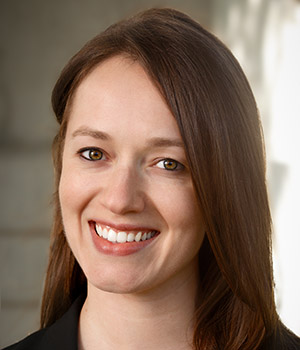Physicians are increasingly working in large group practices, many of which are owned by hospital systems, as opposed to owning their own small practice. To understand what drives this change, most research has focused on the role of mergers and acquisitions. However, in a recently published study in Annals of Internal Medicine, University of Minnesota School of Public Health and Harvard researchers show gradual workforce turnover also plays a role, as older physicians leave small practices and newer doctors join larger ones.

The researchers analyzed Medicare claims from 2008 to 2017 and identified entering physicians who started treating Medicare patients during that time and exiting physicians who stopped treating Medicare patients. The researchers assessed the size and hospital ownership of practices that physicians entered and exited.
The research team studied 630,979 physicians treating Medicare patients and found:
- considerable turnover in the physician workforce treating Medicare patients: 19% of the physicians studied treated their first Medicare patient during the study period, while 12.4% treated their last;
- the median age of entering physicians was 35 years, while the median age of exiting physicians was 65 years – suggesting entering physicians are new to medicine, while exiting physicians are likely retiring;
- in the smallest practices (i.e., 1-2 physicians), only one physician entered for every three who exited;
- in the largest practices (i.e., over 50 physicians), more than 2.5 physicians entered for every one who exited;
- in hospital-owned practices, 2.8 physicians entered for every one who exited;
- the shift toward large, hospital-owned practices was particularly pronounced among physicians specializing in internal medicine, ophthalmology, neurology and dermatology.
“Physicians entering Medicare are much more likely than physicians exiting Medicare to work in large, hospital-owned practices,” says study lead Hannah Neprash, an assistant professor in the School of Public Health. “These findings are consistent with surveys of medical residents, which show a growing preference for hospital employment among new doctors. This pattern suggests that natural turnover in the physician workforce likely contributes to consolidation in physician markets.”
Neprash explains the trend toward larger and hospital-owned physician practices has been associated with price and spending increases, but few discernible improvements in quality of care. Her research suggests regulators and policymakers interested in promoting competition in health care should not focus exclusively on preventing mergers and acquisitions, but should consider payment policies that make independent practice more appealing.

